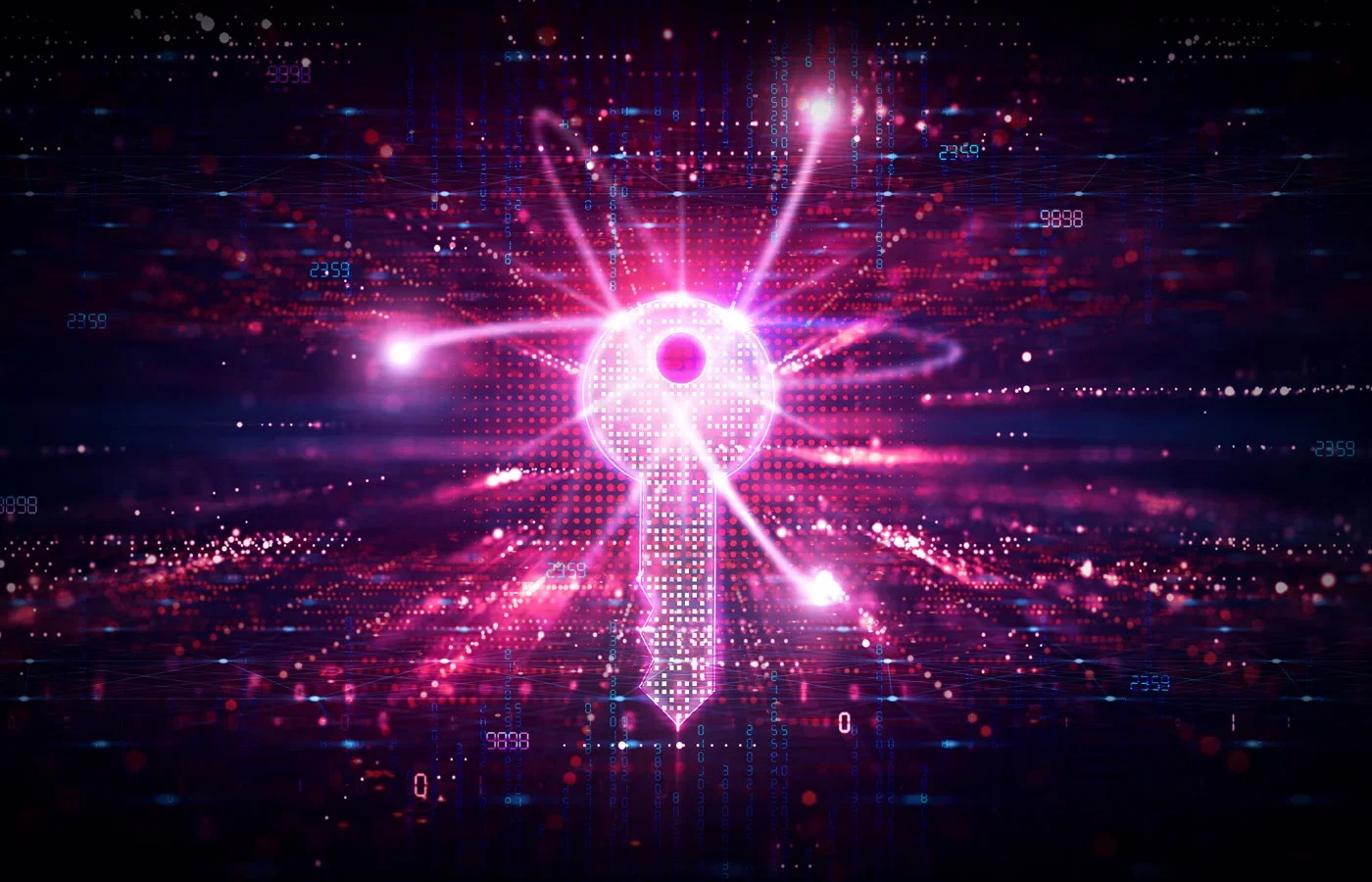
Computer scientists with Toshiba Europe recently distributed quantum encryption keys across 158 miles using traditional computer equipment and fiber-optic infrastructure — setting a new record in the process. It’s the first time such a feat has been achieved without the use of cryogenic cooling, which is often required in quantum computing.
Perhaps more importantly, this breakthrough could lead to metropolitan-scale quantum encryption networks within the next 10 years.
“My personal view is that we’ll be seeing quantum encryption of data sets and metropolitan-scale quantum networks within a decade,” said David Awschalom, a physics and molecular engineering professor with the University of Chicago, as reported by The Wall Street Journal. While not involved in the Toshiba experiment, his views reflect broader optimism in the quantum field.
Understanding modern encryption methods
Modern encryption methods use mathematical algorithms to scramble and encode data, ultimately hiding the information within. While encrypted files generally require a matching decryption key to decipher, modern encryption can, in theory, be hacked.
It’s estimated that one of the most secure forms of encryption available, AES-256, would take a hacker millions of years to crack with the use of modern hardware and technology. However, experts believe that quantum computing could reduce this time significantly for certain types of encryption, s
uch as RSA and elliptic curve cryptography — but AES-256 would likely remain secure without extremely powerful quantum computers.
Thankfully, quantum computers aren’t commercially available to hackers around the globe. Given the rapid development of computer technology, though most experts believe that it’s only a matter of time until quantum-capable attackers emerge.
Exploring quantum encryption
Quantum encryption is a far more secure means of data encryption. Instead of relying on mathematical algorithms, like traditional processes, quantum encryption uses quantum mechanics and quantum physics to secure encryption keys through a process known as Quantum Key Distribution (QKD).
Since quantum encryption techniques like QKD remain largely experimental, nobody can say for certain how secure it might be. If early theorists are to be believed, QKD could offer security that is virtually unbreakable under the laws of physics.
SEE: Google Announces Quantum-Safe Digital Signatures in Cloud KMS, Takes “Post-Quantum Computing Risks Seriously”
Moreover, since the laws of quantum physics state that quantum encryption cannot even be observed without causing noticeable alterations, any unauthorized access to quantum-encrypted data would be immediately visible to the data’s original owner.
While it’s unlikely that a quantum encryption key could be cracked or reverse engineered, computer scientists have struggled with the task of distributing quantum keys over long distances — until now. The problem is in the way traditional fiber optic infrastructure carries data, but the team with Toshiba Europe managed to find an inexpensive workaround by using a method called twin-field quantum key distribution (TF-QKD).
Paving the way for the quantum internet
The recent experiment was meant to help pave the way for the quantum internet and other quantum systems. Although this technology could still be 40 to 50 years away, according to some estimates, that’s a rather short timeline for something that was thought to be purely theoretical just a few years ago. Small-scale quantum networks, however, could appear within the next decade.
The full details of the Toshiba Europe team’s work is published in the Nature article, “Long-distance coherent quantum communications in deployed telecom networks.”

